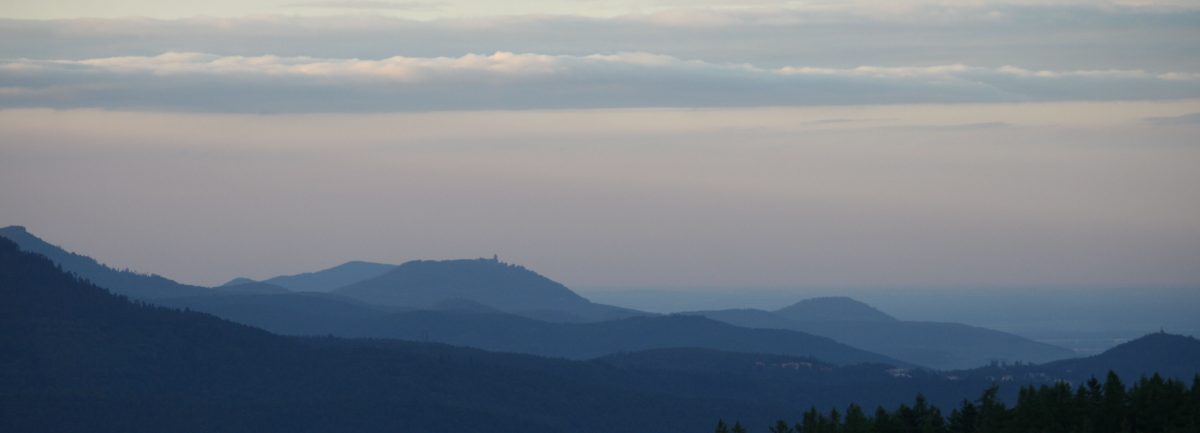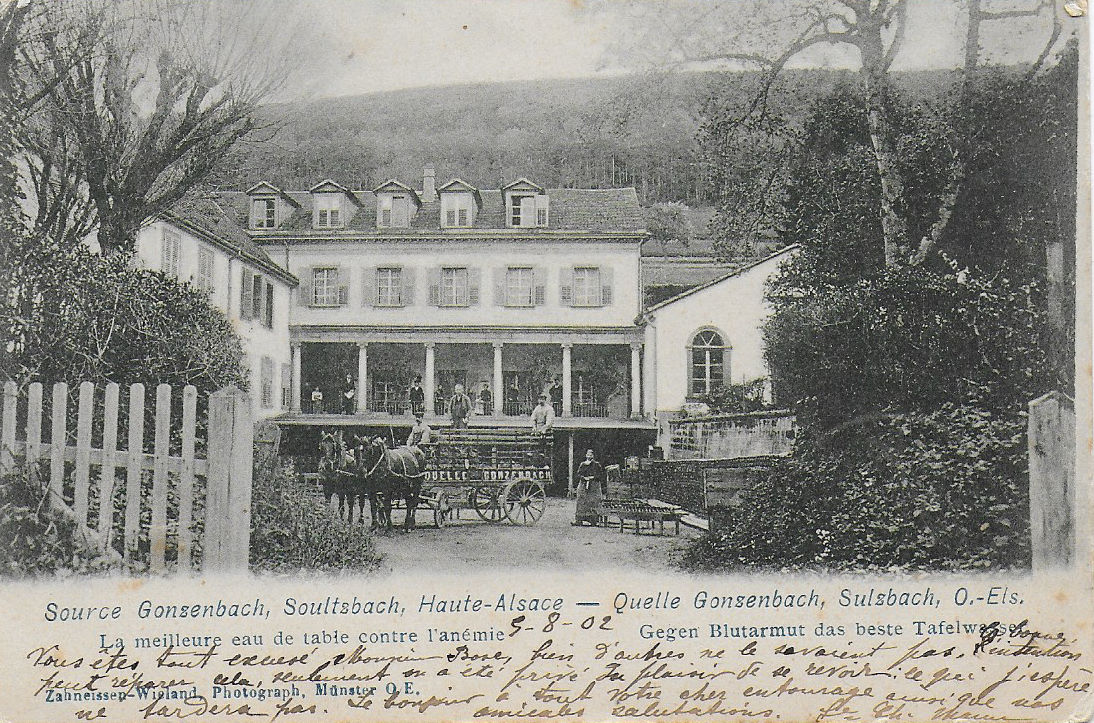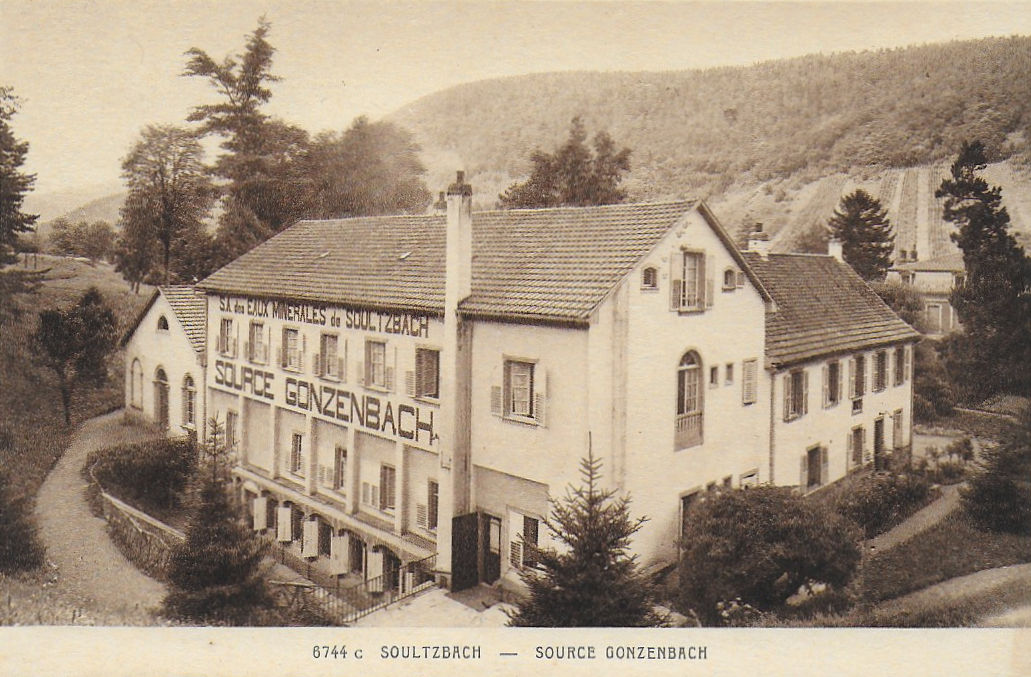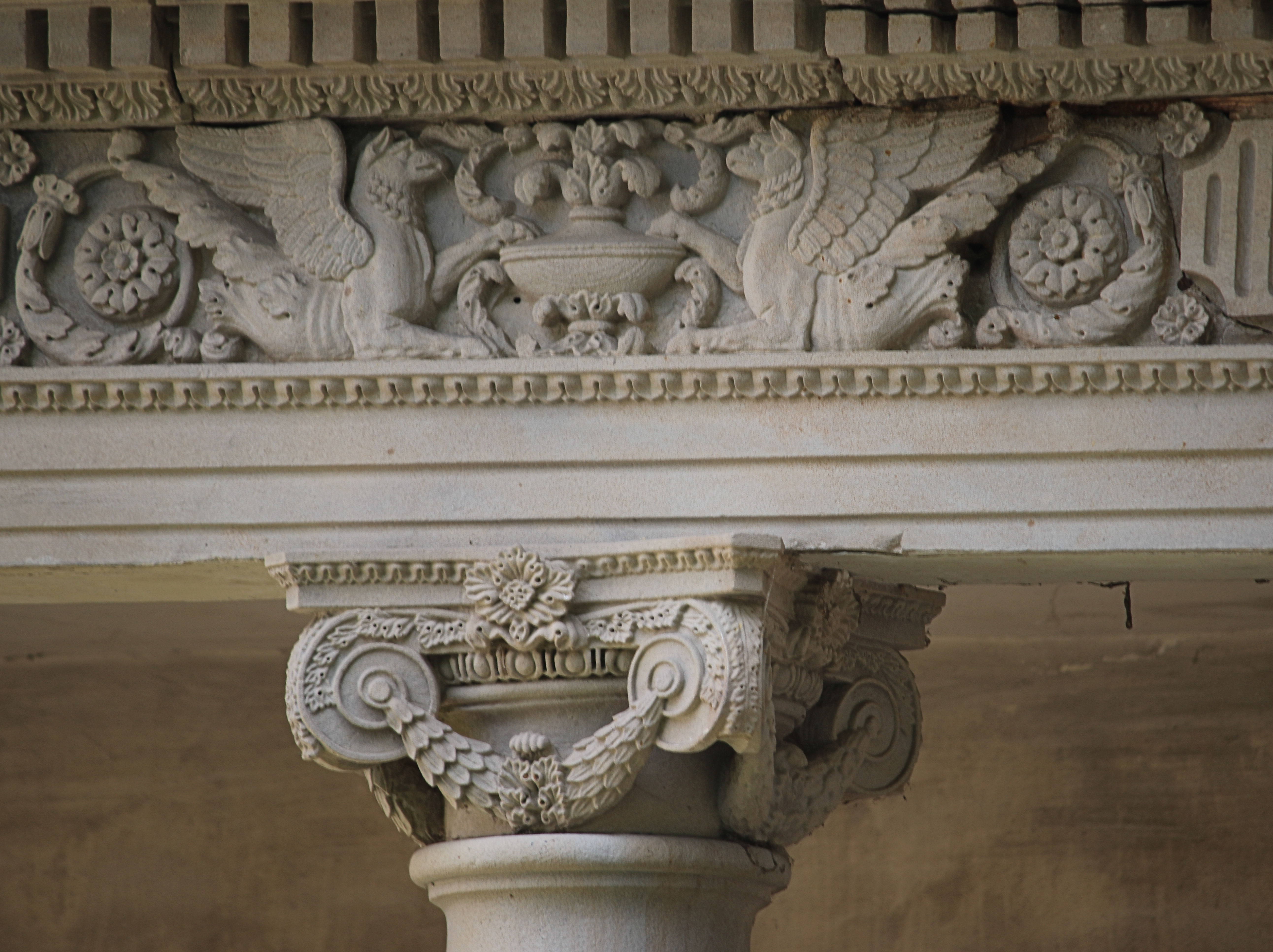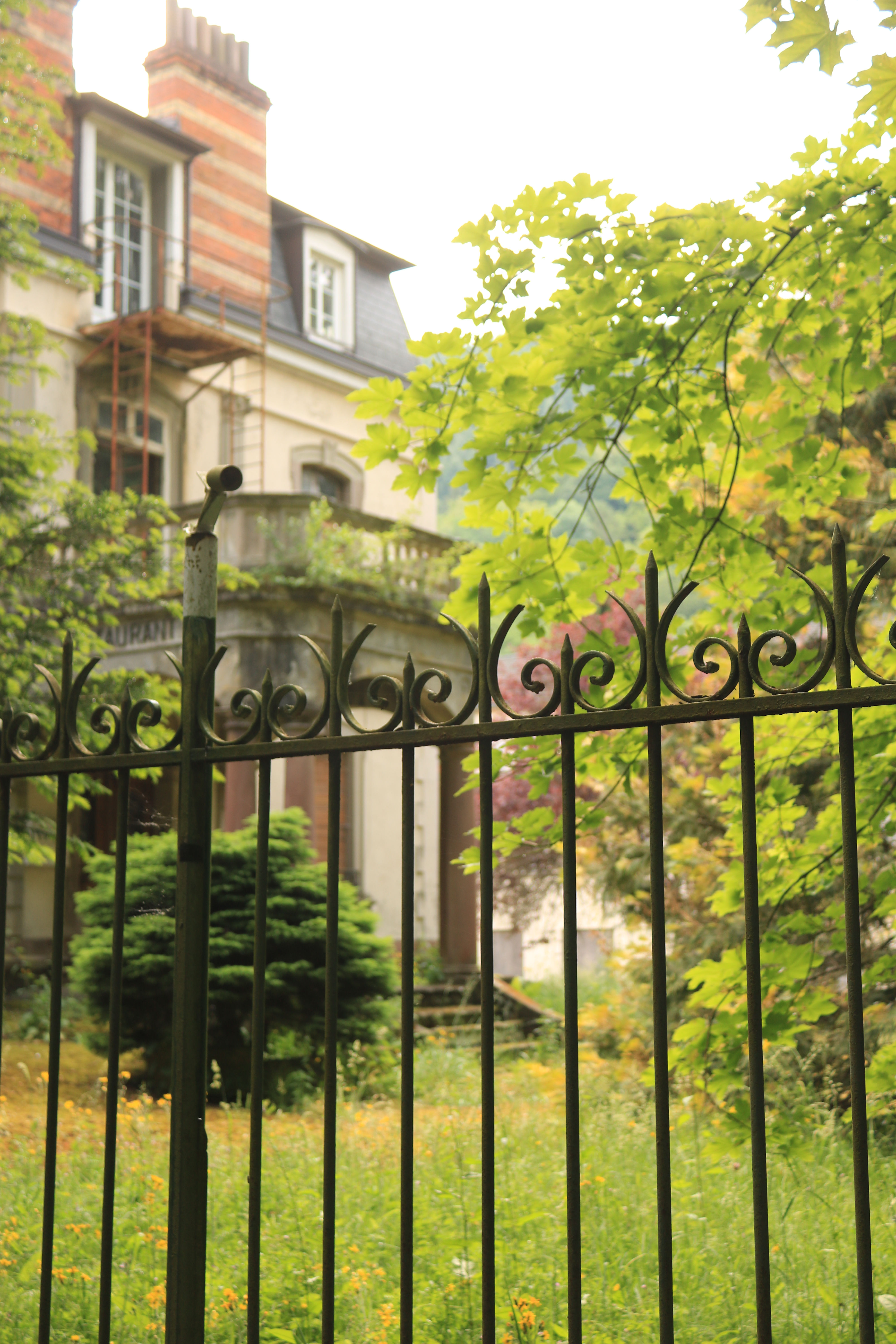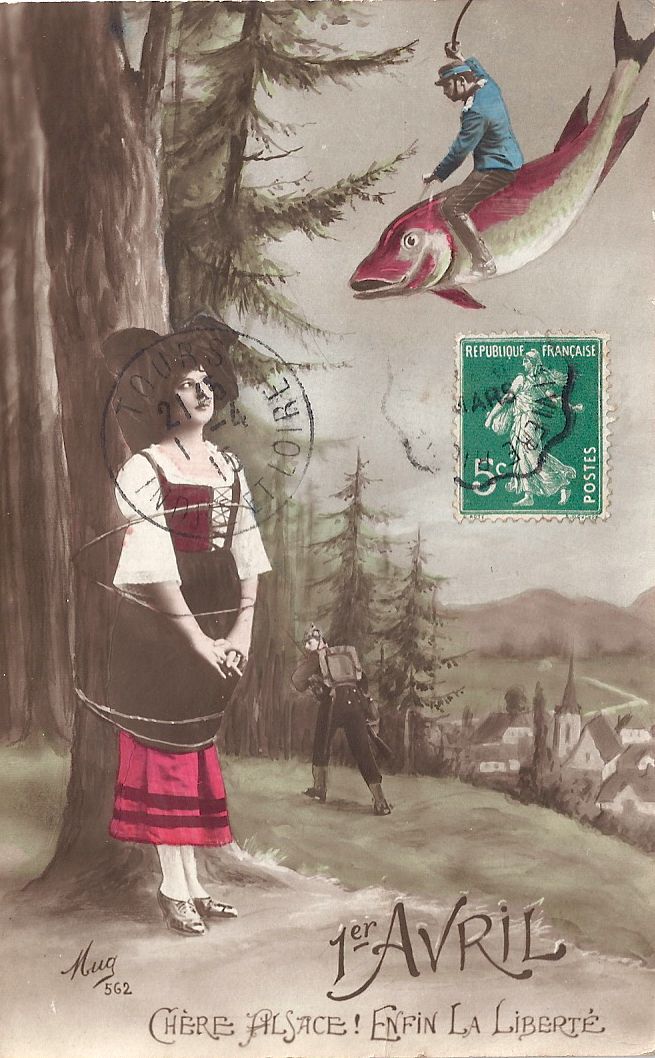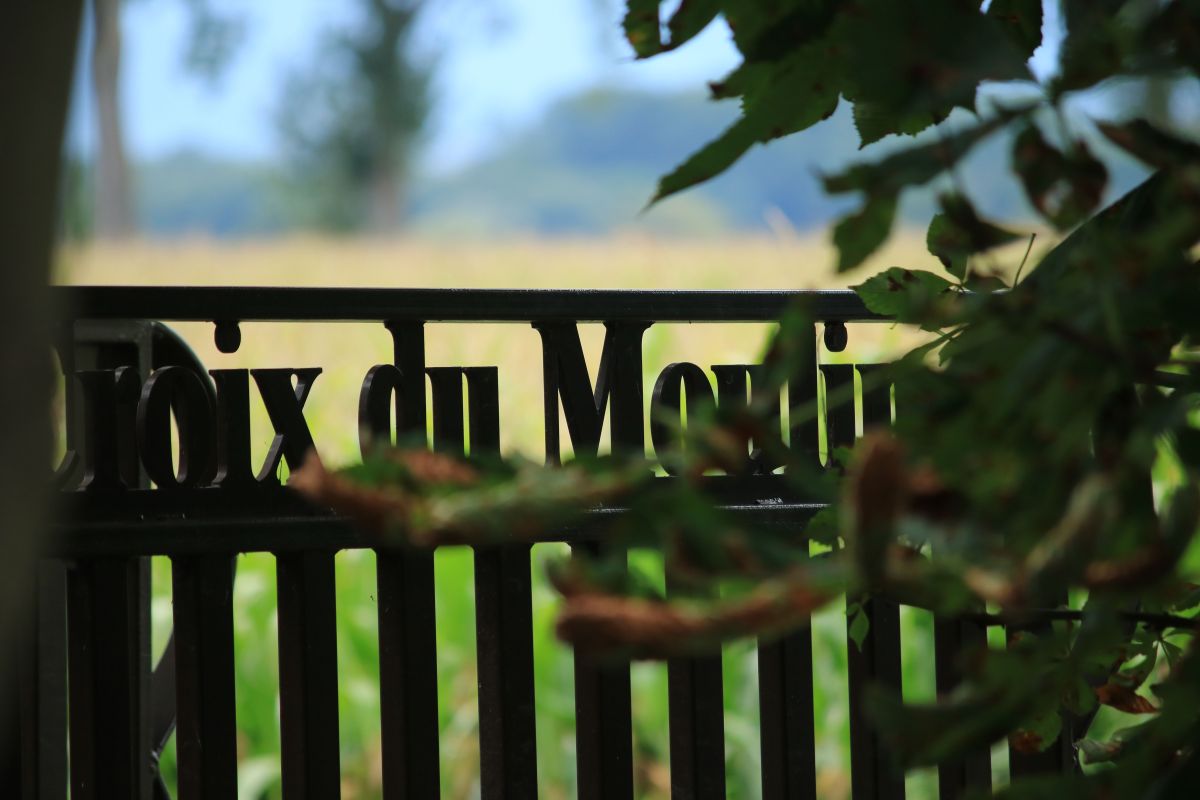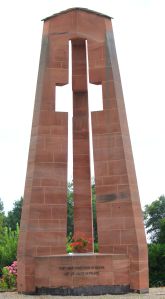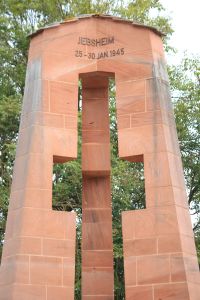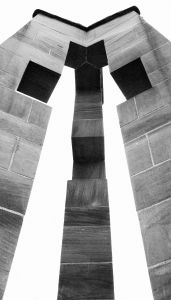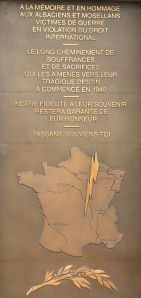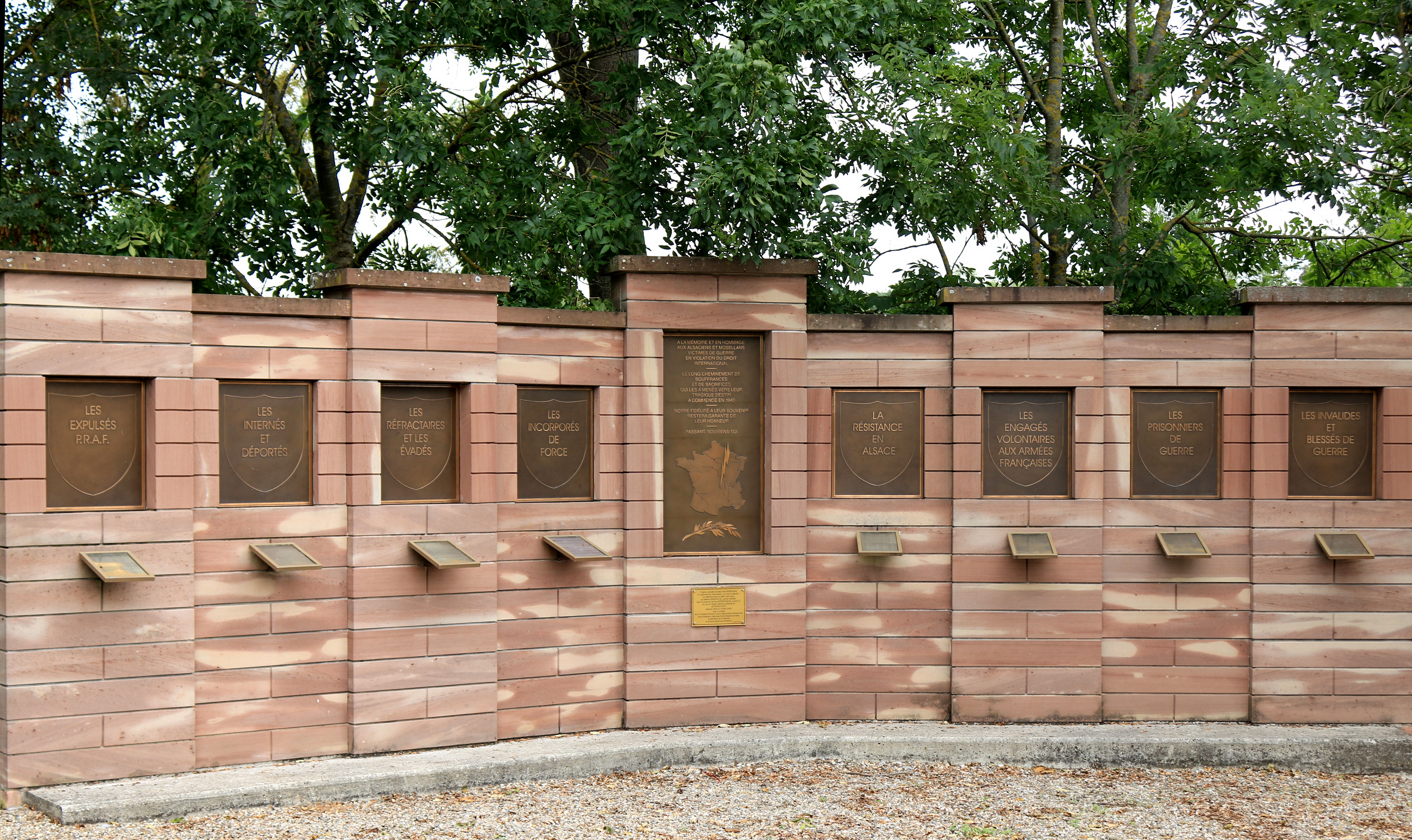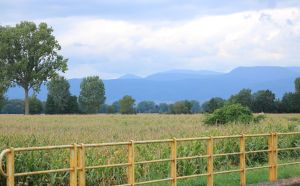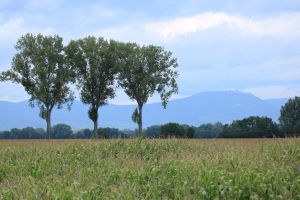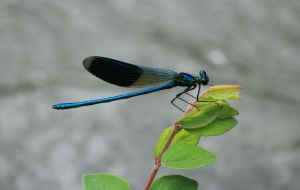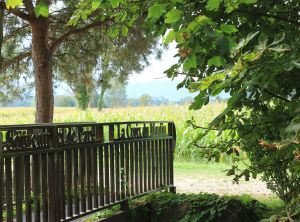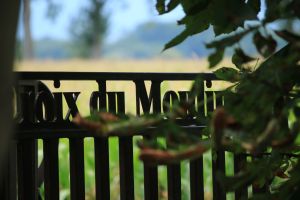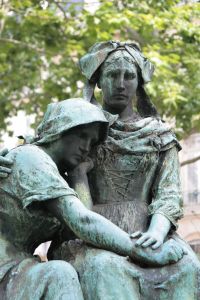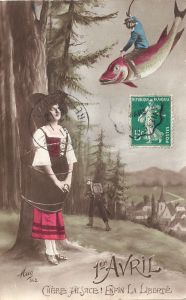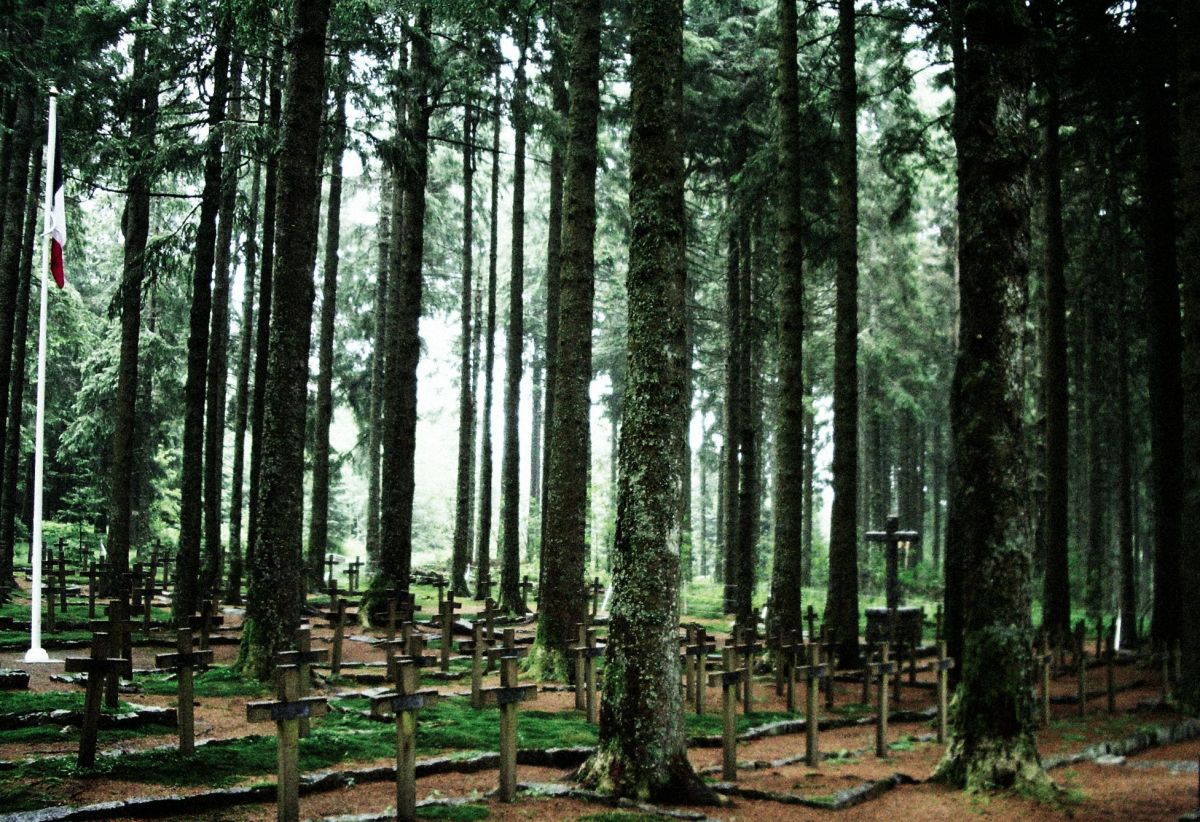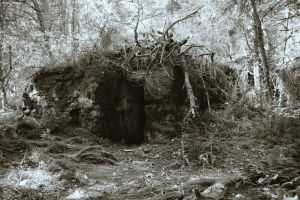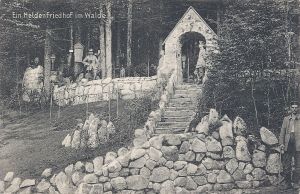I was asked to write a piece in memory of David O’Mara, a talented but unassuming military historian who was much respected and held in great affection by many. One of his passions was the Vosges. He died suddenly, far too young, in 2022. I chose to invite the reader to explore the mountain battlefield of la Tête des Faux because David enjoyed walking there.
It’s intended for people who aren’t familiar with either the Vosges battlefields or the military operations in the Vosges, so it’s user-friendly, I hope.
The ‘photo of the month’ of the forest graveyard Rabenbühl seems rather strange in the middle because it crosses the gutter.
(Please click on the hyperlink below the .pdf to view the pages clearly.)
Since the piece was published, Martin Rupp has informed me that there were actually three small German cemeteries on la Tête des Faux besides Hexenweiher and Rabenbühl: Oberer, Mittlerer and Unterer Friedhof. They were in the upper part of the fortress area. The burials in Mittlerer were relocated to Hexenweiher and the others remained until the end of the war.
The stelae at Hexenweiher “are actually tombstones as – remarkably – the cemetery contained not a single mass grave in the classical sense. Even where multiple soldiers were buried in one grave they were buried side-by-side, identified and clearly listed. From 1915 on, there were large efforts made to identify as many soldiers as possible and to rectify errors made during the recordings of the burials. Names were checked, units which left the area contacted for input and corrections. In total there were maybe like 5 or so “unknown” burials on the entire Buchenkopf [la Tête des Faux].
“The reason for this is probably that the Germans who died on the attack (in 1914) fell into French hands while everybody else who died from 1915 on died within the perimeter of the Buchenkopf Fortress and could therefore be identified and properly buried. That’s one of the few ‘advantages’ of this position as there was no movement of the frontline after 1914. Contrary to , for example, the Hartmannsweilerkopf where individual positions were taken and lost till much later. As one has to admit though, there were several mass graves for French soldiers which remained unidentified.”
Thank you to Martin Rupp for the interesting extra information.

Above: Hexenweiher

Above: Rabenbühl. Some of these stelae remain in the former cemetery and can be clearly identified.
Featured photo (top of page): Cimetière Duchesne
Location: La Tête des Faux is in Haut-Rhin, south of the village of le Bonhomme, west of Lapoutroie and north east of Lac Blanc.
~~~~~~~~~~~~~~~~~~~~~~~~~~~~~~~~~~~~~~~~~~~~~~~~~~~~~~~~~~~~~~~~~~~~~~~~~
Salient Points magazine, November 2022
greatwargroup.com
Text, photographs and contemporary picture images are mine.
